What is Dutch Style Aquascaping?
Introduction to Dutch Style Aquascaping
The Dutch style aquascape is an art form that transforms aquariums into lush, underwater gardens. Originating in the Netherlands, this style emphasizes the vibrant and varied beauty of aquatic plants arranged in a meticulously organized and naturalistic manner. A Dutch style aquarium is not only a visual delight but also a complex habitat that mirrors the diversity of nature.
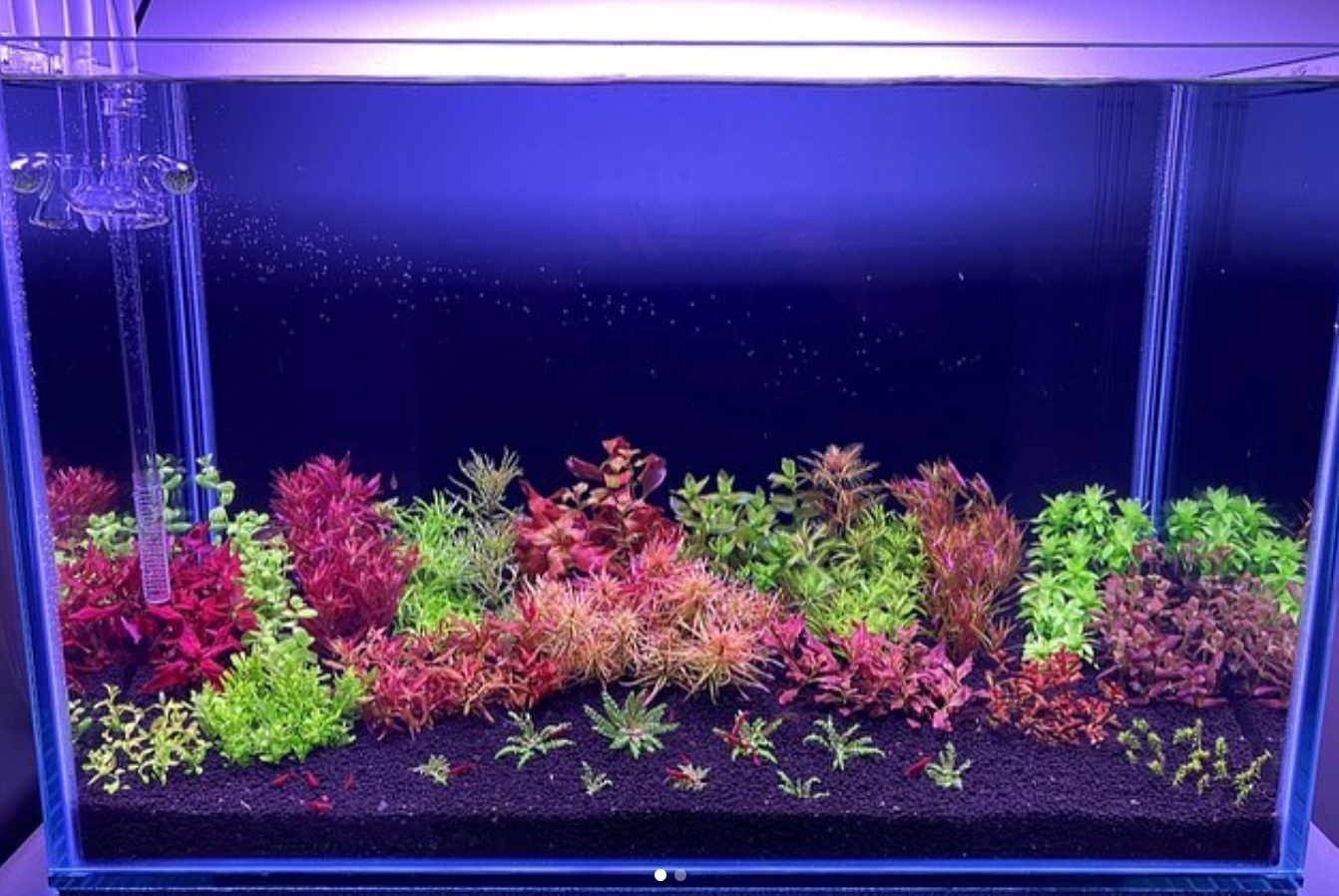
The Philosophy Behind Dutch Aquascaping
A Dutch aquarium is more than an arrangement of plants and water; it's an expression of balance and harmony. The philosophy behind this style of aquascaping lies in creating a sustainable, self-contained ecosystem that thrives on the interdependence of plant life. Aquarists who practice Dutch aquascaping follow a set of informal rules or guidelines that have been passed down through generations, emphasizing plant health, growth, and the aesthetic principles of color, texture, and composition.
Key Characteristics of a Dutch Aquascape
A Dutch style tank is characterized by its lush plant density, diversity, and strategic layout. Unlike other styles that may incorporate dramatic hardscapes, the focus of Dutch aquarium plants is on achieving a rich tapestry of foliage. Dutch aquascaping techniques involve careful consideration of plant height, color, leaf shape, and texture to create depth and contrast. The ultimate goal is to guide the viewer's eye through the Dutch planted aquarium in a way that feels both intentional and organic.
The Importance of Plant Selection in Dutch Aquascaping
Selecting the right plants species is critical in Dutch style planted aquariums. A harmonious blend of red plants and dark green plants provides contrast and depth, essential for the layered look that this style is known for.

Stem plants are a mainstay in the Dutch approach, valued for their vertical growth and ease of creating lush groupings. When choosing plants, it's important to consider how different textures and colors will interact. Red plants add warmth and vibrancy, while dark green plants offer a visual rest, making them ideal for balancing the overall appearance of the Dutch tank.
Layout and Design Patterns in Dutch Aquascapes
In Dutch style aquascapes, the layout is methodical, often following a set of unwritten rules that promote rhythm and unity within the tank. Background plants are typically tall stem plants that form a verdant backdrop. Design patterns often incorporate plant groups of the same species to create repetition and order, essential elements of the Dutch style. This approach ensures that each plant contributes to a cohesive look without any single species dominating the view. Strategic placement allows stem plants and giant leaf plants to stand out, enhancing the three-dimensional feel of the aquascape.
Color and Contrast: The Art of Dutch Plant Arrangement
Color and contrast are the artful elements that give Dutch style tanks their distinct appearance. The interplay of red plants with varying shades of green, from light stem plants to dark green plants, creates a vibrant palette that is visually striking. In Dutch tank setups, plants species are often arranged by color intensity and hue, with the boldest colors typically used as focal points. Plant groups of red plants can be placed against contrasting backgrounds to draw the eye and add depth, while plants of the same species are grouped to provide a sense of order and repetition, key in Dutch aquascaping.
Terracing in Dutch Aquascaping
Terracing is a signature technique in Dutch style aquascapes, creating an illusion of depth and elevation in the tank. This approach involves arranging plant groups in a stepped pattern, with background plants typically being the tallest, transitioning to shorter plants as you move forward. Stem plants are ideal for this method, as their height and form can be easily manipulated to create distinct layers. Terracing not only showcases the diversity of plant species but also guides the viewer's eye through the aquascape, making even a flat tank floor appear multidimensional.
Plant Grouping Strategies for Dutch Aquascapes
Effective plant grouping is essential in Dutch style tanks. The method involves clustering same species together to form well-defined plant groups. This uniformity allows each species to stand out, creating a clean, organized appearance characteristic of Dutch style aquascaping. It’s important to have a balance between different plant groups, alternating between red plants and dark green plants to maintain visual interest. Stem plant varieties are commonly used in these groups due to their range of colors and textures, contributing to the overall lushness of the Dutch planted aquarium.
The Role of Hardscape in Dutch Aquascaping
While plants are undoubtedly the stars in Dutch aquascapes, the hardscape also plays a pivotal role. In a Dutch tank, rocks and driftwood serve as subtle frameworks rather than focal points. The hardscape is typically covered by plant groups and is used primarily to anchor stem plants and create natural boundaries within the aquascape. This technique ensures that the hardscape complements rather than competes with the plants species, adhering to the principles of Dutch style planted aquariums.
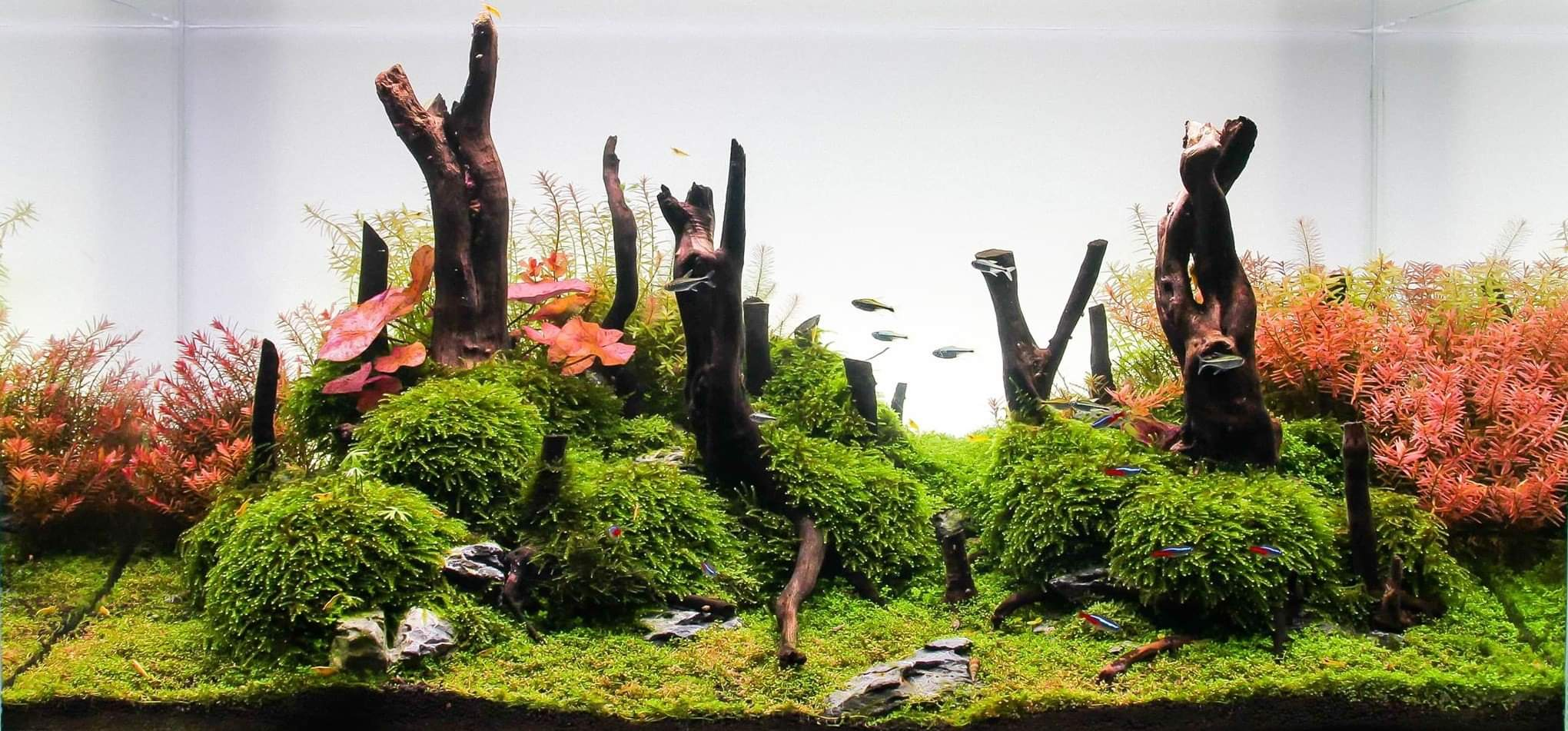
Understanding the Dutch Plant Street
The concept of the 'street' is unique to Dutch style aquascaping. It involves creating a visual pathway or 'street' that meanders through the tank, often lined by contrasting plant groups. This design element adds depth and perspective, drawing the eye through the aquascape. It's a technique that requires careful planning and an understanding of how different plants species, particularly various stem plants, can be used to guide the viewer's gaze, adding a sense of movement and flow to the Dutch aquarium.
Lighting in Dutch Style Aquascaping
Lighting is a critical factor in the success of Dutch style aquascapes. It not only highlights the beauty and color of plants but also supports their health and growth. In Dutch style tanks, the goal is to provide even, intense lighting that can penetrate the dense foliage of the plant groups.
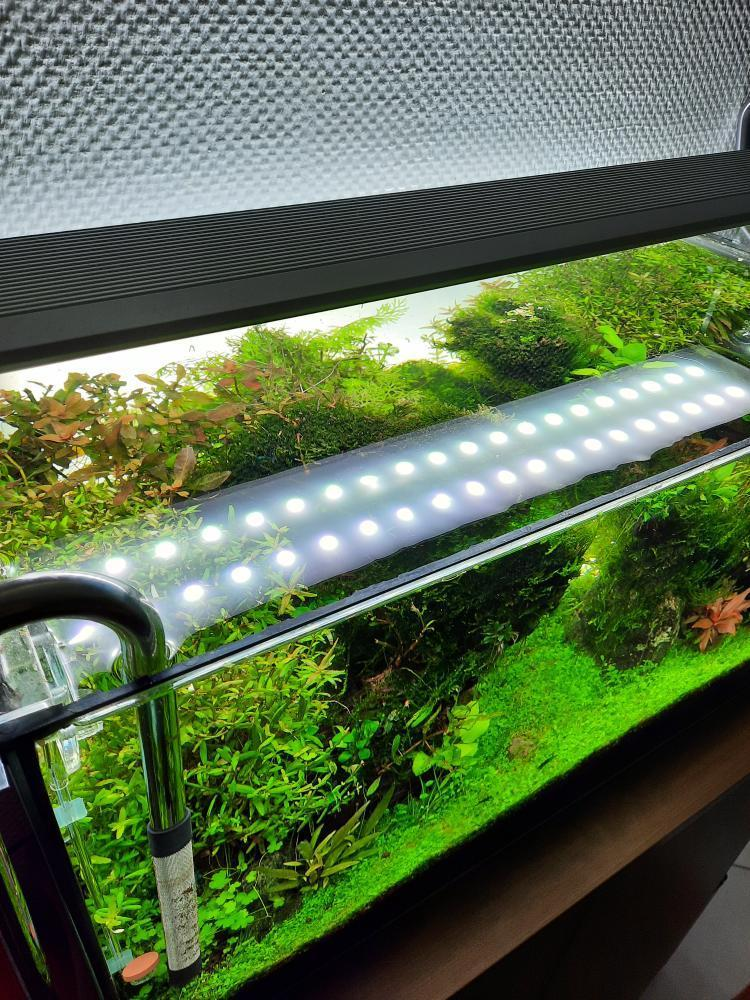
The right light spectrum encourages the rich colors of red plants to stand out and supports the lush greenery of dark green plants and stem plants. Careful positioning of lights ensures that all plants, from background plants to those in the foreground, receive the illumination they need without promoting excess light that can lead to algae issues.
CO2 Systems and Dutch Aquascaping
In densely planted environments like Dutch style aquascapes, CO2 systems play a vital role in maintaining plant health. CO2 supplementation is essential to support the vigorous growth demanded by the Dutch style.
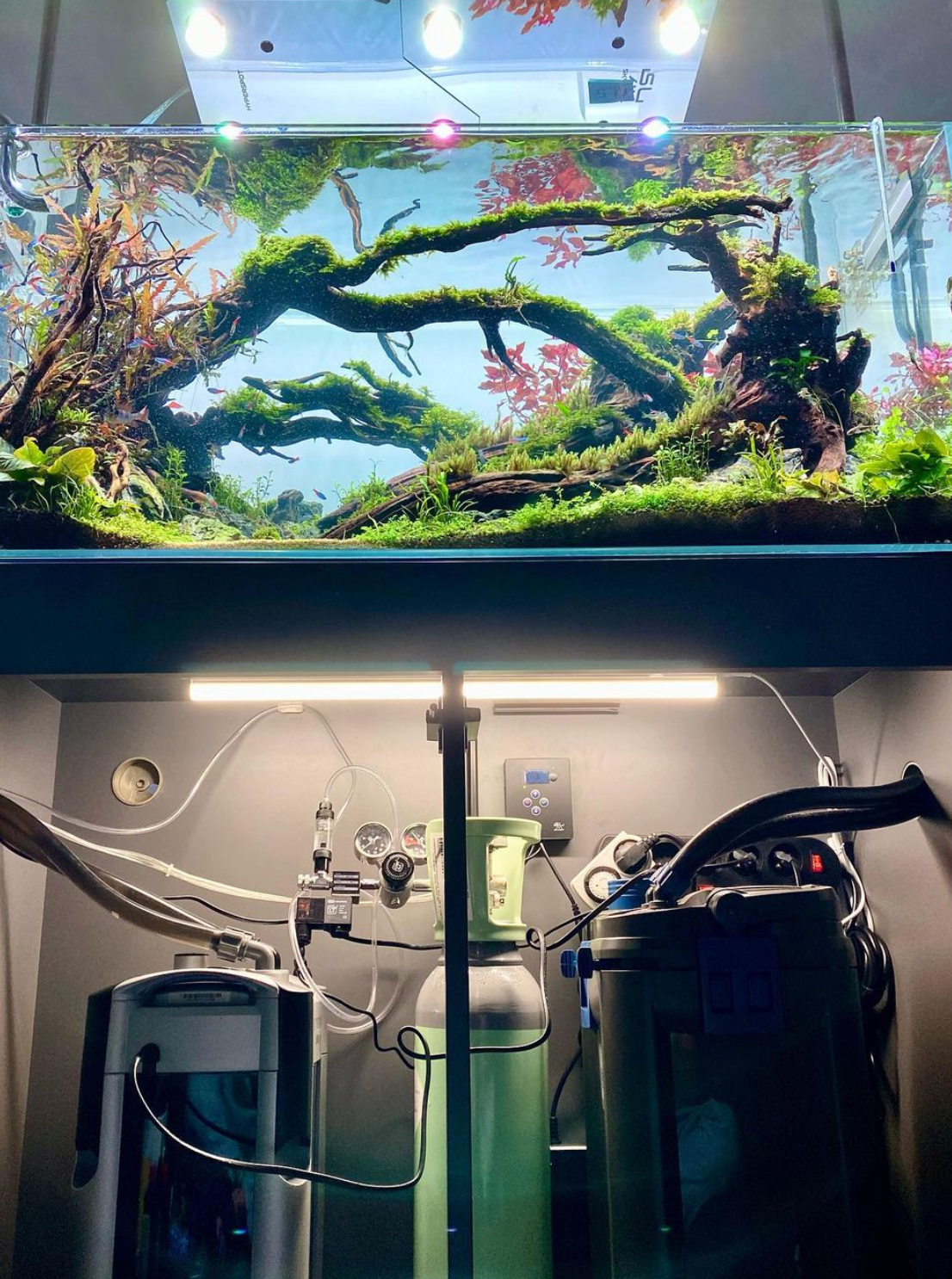
A well-regulated CO2 system ensures that aquatic plants receive the necessary carbon dioxide for photosynthesis, especially crucial for stem plants which make up the bulk of plant species in a Dutch tank. By providing a steady supply of CO2, aquarists can prevent plant groups from becoming leggy and maintain the dense, bushy appearance characteristic of Dutch aquascaping.
Fertilization Techniques in Dutch Aquascaping
Fertilization is another key aspect of maintaining lush and healthy plant life in Dutch style aquascapes. A comprehensive fertilization regimen that supplies all necessary nutrients in the right amounts is crucial for the health of plants.
In Dutch style tanks, where plant groups consist of various species, each with its own nutrient needs, it’s important to use a balanced approach. Macro and micronutrient fertilizers help ensure that plants, particularly fast-growing stem plants, have access to the nutrients they need without causing nutrient imbalance that could fuel unwanted algae growth.
Algae Control in Dutch Style Aquascapes
Algae control is an essential aspect of maintaining the aesthetic and health of Dutch style aquascapes. The dense planting typical of these tanks can sometimes lead to excess nutrients and light, creating ideal conditions for algae growth.

Regular maintenance, including water changes and careful monitoring of nutrient levels, is vital. In Dutch style tanks, keeping plants healthy and robust is also key, as strong plant groups can outcompete algae for nutrients and light. Additionally, incorporating algae-eating fish or invertebrates can help maintain balance in the aquarium.
Water Conditions and Quality in Dutch Aquascaping
Maintaining optimal water conditions is crucial for the success of Dutch style aquascapes. The water quality in these tanks directly affects the health of the plants and the overall balance of the ecosystem.

Regular testing and adjustment of water parameters, such as pH levels and water hardness, are necessary to ensure an environment conducive to plant growth. Consistent water changes help to remove excess nutrients that could lead to algae growth, keeping the aquarium water clean and clear for the best display of the aquascape.
Common Plant Species Used in Dutch Aquascaping
In Dutch style aquascaping, the selection of plant species is crucial to achieving the desired aesthetic. Common choices include Cryptocoryne varieties for their lush, varied foliage, and Anubias, known for their broad leaves and low light requirements. Fast-growing stem plants like Rotala rotundifolia and Ludwigia repens provide height and color in the background.
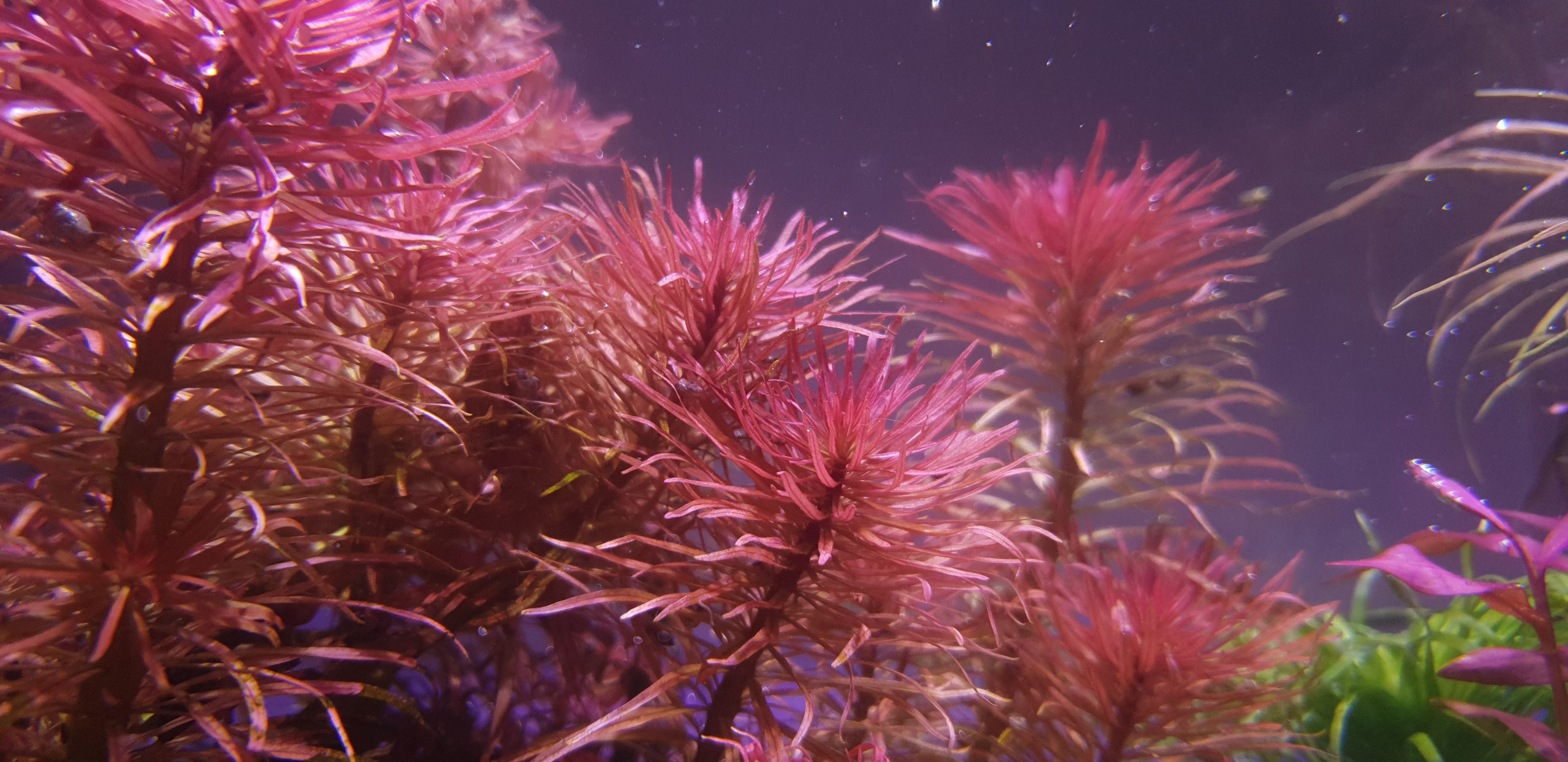
Echinodorus (sword plants) are often used for their large leaves and striking presence. Ground cover plants like Hemianthus callitrichoides (dwarf baby tears) create a lush carpet. Aquarists also frequently use Hygrophila species for their rapid growth and ease of maintenance. Each of these species contributes to the dense, layered look characteristic of Dutch style tanks, offering a range of colors, textures, and forms.
Maintenance Routines for Dutch Aquascapes
Regular maintenance is key to preserving the beauty and health of Dutch style aquascapes. This includes pruning plants to maintain shape and encourage dense growth, particularly for fast-growing stem plants. Water changes are essential for removing excess nutrients and preventing algae growth. Keeping the tank clean, including the substrate and glass, ensures that the aquarium remains a showcase for the vibrant plant life. Adhering to a consistent maintenance routine not only keeps the plants healthy but also ensures that the Dutch style aquarium remains a stunning focal point.
Fish and Invertebrates Suitable for Dutch Aquascapes
Choosing the right fish and invertebrates is crucial in complementing Dutch style aquascapes. While the focus is primarily on the plants, the inhabitants can add life and movement to the aquarium.
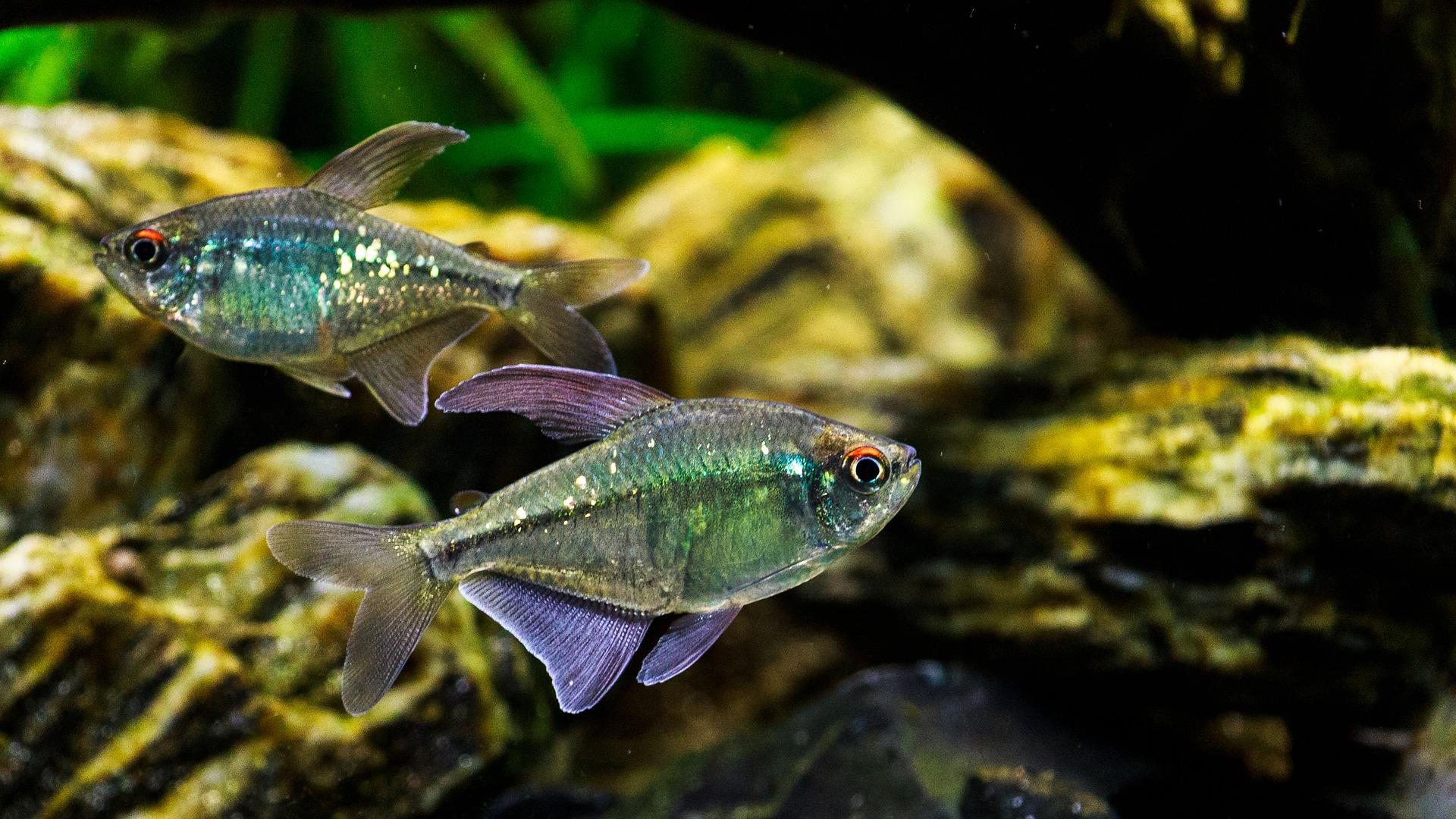
Species that don't disturb the plant life and thrive in the same water conditions are ideal. Small, peaceful schooling fish and algae-eating invertebrates can be excellent choices, contributing to the ecosystem's balance by controlling algae growth and adding dynamic visual interest to the Dutch style tank.
Challenges and Solutions in Dutch Aquascaping
Dutch style aquascaping presents unique challenges, such as maintaining dense plant growth and preventing algae growth. Common issues include nutrient imbalance and difficulty in achieving the right lighting conditions. Regular water changes, careful monitoring of nutrient levels, and using suitable lighting can mitigate these challenges. In case of algae growth, increasing plant groups density and adjusting fertilization techniques can often help. Persistence and adaptation are key in overcoming these challenges and maintaining a successful Dutch style aquarium.
Tools and Equipment Necessary for Dutch Aquascaping
To create and maintain a Dutch style aquascape, certain tools and equipment are essential. This includes quality lighting systems to support plant growth, CO2 injection systems for plants, and specialized fertilizers to provide necessary nutrients. Maintenance tools like pruning scissors, substrate tools, and algae scrapers are also vital. A good filtration system is crucial to maintaining clear water and removing excess nutrients that could lead to algae growth. Investing in the right equipment can make the process of creating and sustaining a Dutch style planted aquarium much more manageable.
Inspirational Dutch Aquascaping Examples
For inspiration, looking at successful Dutch style aquascapes can be invaluable. These examples showcase the stunning beauty and complexity that this style of aquascaping can achieve. They illustrate the effective use of plant species, light, and water flow to create a harmonious and balanced aquarium. Studying these examples can provide ideas and techniques that can be applied in your own Dutch tank, helping you to visualize and plan your aquascape. Check the tag #co2artist in social media to see an amazing artwork created by our COArtist Family.
Conclusion: The Beauty and Complexity of Dutch Style Aquascaping
In conclusion, Dutch style aquascaping is a rewarding endeavor that combines art and science. It requires a careful balance of light, CO2, nutrients, and water conditions to create a thriving plant-based aquarium. The complexity and beauty of a well-executed Dutch style tank are unmatched, offering a slice of underwater nature that can be both tranquil and mesmerizing. With dedication and care, Dutch aquascaping can be a deeply satisfying experience for any aquarium enthusiast.



